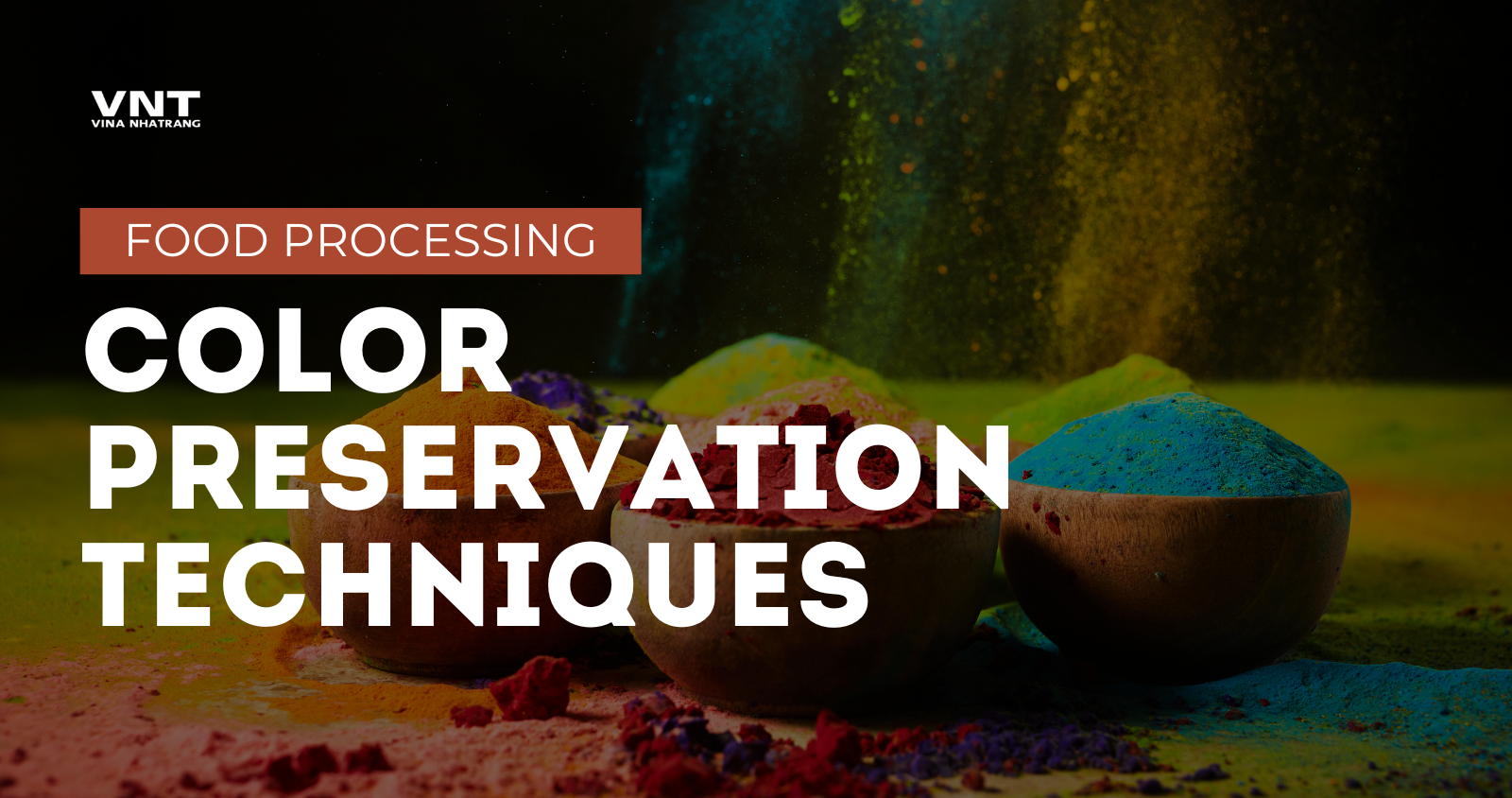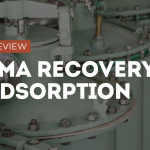In today’s competitive food market, visual appeal is just as important as taste and nutrition. Consumers naturally gravitate toward food products that maintain their vibrant, natural colors—a sign of freshness and quality. However, industrial food processing often poses significant challenges to color preservation, particularly in products like peppers, berries, and leafy greens. This comprehensive guide explores cutting-edge color preservation techniques that are revolutionizing industrial food processing, helping manufacturers maintain product appeal while extending shelf life.
The Science Behind Food Color Degradation
Before diving into preservation methods, it’s essential to understand why food colors fade during processing. Color degradation primarily occurs due to:
- Oxidation reactions triggered by exposure to air
- Heat-induced chemical changes during thermal processing
- pH changes during fermentation or acidification
- Light exposure, particularly UV radiation
- Enzymatic browning reactions
Each of these factors can dramatically alter the vibrant hues consumers associate with fresh, wholesome food products.
Modern Color Preservation Techniques
1. Modified Atmosphere Packaging (MAP)
MAP technology involves altering the atmospheric composition inside packaging to slow oxidation processes. By reducing oxygen levels and increasing nitrogen or carbon dioxide, processors can significantly extend color stability in sensitive products.
Research shows that properly implemented MAP systems can extend the visual shelf life of red bell peppers by up to 15 days while maintaining their characteristic bright red color.
2. Thermal Processing Optimization
Traditional thermal processing often leads to significant color degradation. Modern approaches include:
- High-Temperature Short-Time (HTST) processing
- Microwave-assisted thermal processing
- Ohmic heating systems
These techniques deliver the necessary pathogen reduction while minimizing exposure time, helping preserve natural pigments. Studies indicate that HTST methods can retain up to 85% of original anthocyanin content in berry products compared to just 60% with conventional heating.
3. Natural Antioxidant Application
The strategic application of natural antioxidants can dramatically improve color stability:
- Ascorbic acid (Vitamin C) prevents oxidative browning
- Rosemary extracts protect carotenoid pigments
- Tocopherols (Vitamin E) stabilize lipid-soluble colors
Food manufacturers are increasingly turning to these clean-label solutions as consumers demand fewer synthetic additives.
4. Pulsed Electric Field (PEF) Technology
PEF processing applies short pulses of electricity to food products, effectively inactivating microorganisms while minimizing thermal damage to color compounds. This non-thermal approach has shown promising results in preserving the bright reds and yellows of pepper products with color retention rates exceeding 90%.
5. High-Pressure Processing (HPP)
HPP subjects sealed food products to extreme pressures (up to 87,000 psi) to eliminate pathogens without heat. This cold pasteurization technique has revolutionized color preservation in premium juices and purees, allowing processors to maintain vibrant colors while achieving the necessary safety standards.
Frequently Asked Questions About Color Preservation
How do processing techniques affect different color compounds?
Different food pigments respond uniquely to processing conditions:
- Carotenoids (yellow-orange-red) are relatively heat-stable but sensitive to oxidation
- Anthocyanins (red-blue-purple) are highly sensitive to pH changes
- Chlorophylls (greens) readily degrade with heat, converting to pheophytins with olive-brown colors
- Betalains (red-purple) demonstrate moderate stability but degrade with prolonged heat exposure
Understanding these differences allows processors to customize preservation approaches based on the dominant pigments in their specific products.
What role does pH play in color stability?
pH dramatically affects many food pigments, particularly anthocyanins. These compounds appear red in acidic conditions but shift toward blue-purple in neutral or alkaline environments. Smart processors manipulate pH levels during production to optimize color stability for specific products.
Can freezing help preserve food colors?
Freezing generally provides excellent color preservation by slowing degradative reactions. However, improper freezing can cause cellular damage, leading to color leaching during thawing. Advanced techniques like Individual Quick Freezing (IQF) minimize these effects by rapidly freezing products to prevent large ice crystal formation.
Are there specific challenges for organic food processors?
Organic processors face unique challenges as they cannot use many synthetic color preservatives. Instead, they rely heavily on:
- Optimized processing parameters
- Natural antioxidants
- Advanced packaging technologies
- Careful supply chain management to minimize time between harvest and processing
How do color preservation techniques impact nutritional value?
The good news is that many modern color preservation techniques also help maintain nutritional value. For example, techniques that preserve anthocyanins in berries or carotenoids in peppers are simultaneously preserving compounds with significant antioxidant properties. However, some processes may protect color while still allowing vitamin degradation, so comprehensive quality testing remains essential.
Future Trends in Color Preservation
The industry continues to evolve, with several promising developments on the horizon:
- Edible coatings with embedded natural antioxidants
- Smart packaging that responds to environmental changes
- Plant breeding focused specifically on pigment stability
- AI-driven process optimization for color retention
- Combination treatments that synergistically enhance color stability
These innovations promise to further revolutionize how processors maintain the visual appeal of their products.
Conclusion
As consumer expectations for visual quality continue to rise, color preservation has become a critical competitive advantage in the food processing industry. By implementing the advanced techniques outlined in this guide, processors can maintain the vibrant, natural colors that signal freshness and quality to consumers. Whether through modified atmosphere packaging, optimized thermal processes, or cutting-edge technologies like HPP and PEF, the tools exist to overcome traditional color degradation challenges. The most successful processors will be those who thoughtfully combine these approaches, creating customized preservation strategies for their specific products and target markets.




